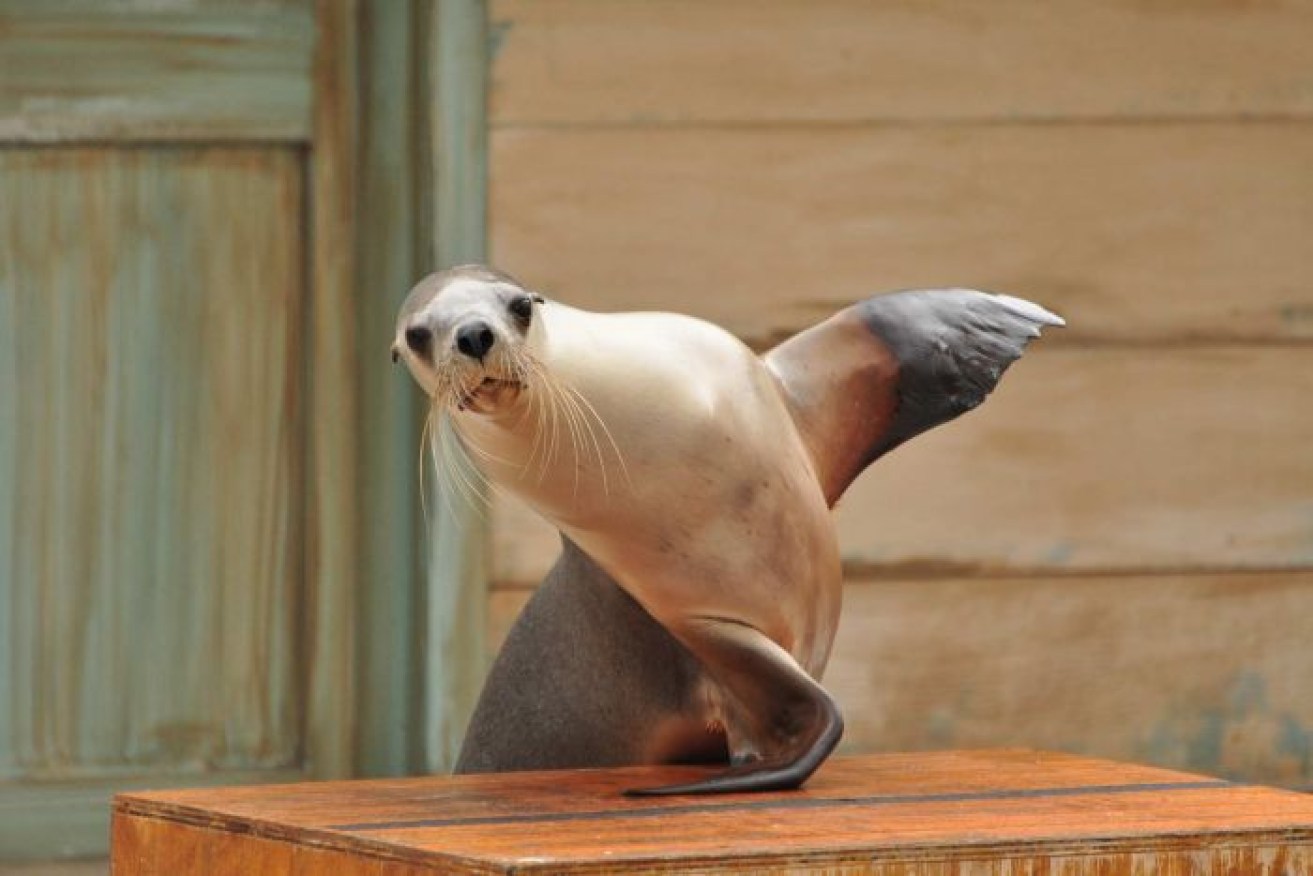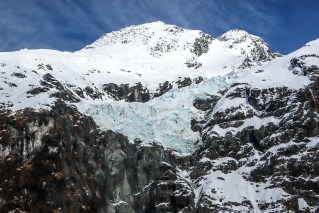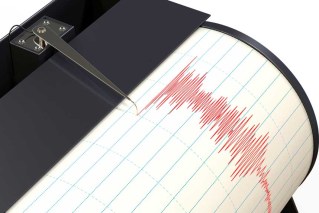Fossilised seal tooth found on Portland beach reveals fate of Australia’s ‘true’ seals

Fur seals and sea lions moved in when ancient earless seals died off. Photo: Erich Fitzgerald/ABC
A three million-year-old fossilised tooth found on a south-west Victorian beach tells two stories: That of the ancient true seals that lived on Australian coastlines millions of years ago, and that of the uncertain future that awaits the fur seals and sea lions that live there today.
The fossil was picked up on a Portland beach in 1998 and donated to the Melbourne Museum but has only recently been closely studied by a team from Monash University and Museums Victoria.

This fossilised seal tooth found on a beach at Portland in south-west Victoria is three millions years old. Photo: James Rule/ABC
Researcher James Rule, who examines the evolution of seals, said the extinction of the ‘true’ or earless seals could shed light on how sea level rises associated with current climate change will affect the seals that now inhabit our coastline.
It’s all in the ears
The use of the word ‘true’ to describe the type of seal the tooth came from stems from the two categories that broadly define different seal species.
Earless, or true seals, lack visible ear flaps and have smaller flippers, meaning it’s harder for them to move around on land.
Eared seals, the category Australian fur seals and sea lions belong to, have visible ears and larger flippers that enable them to get around much more easily.
“These true seals don’t exist on Australia’s coast today,” Mr Rule said.
“However, in the past, they were the only seals that were here.
This discovery essentially tells us that at some point in the past when the climate changed, the seals went extinct. After they went extinct the fur seals and the sea lions colonised Australia and New Zealand from the north Pacific.’’
The only other fossil showing the seals lived along the coastline millions of years ago was found at Beaumaris, in Melbourne, and has been dated at six million years old.
Earth cooling down altered coastal habitat
Mr Rule said higher sea levels associated with a warmer period in the Earth’s history would have presented an ideal habitat for the true seals.
He said the climate began cooling roughly two-and-a-half million years ago, meaning more ice formed at the poles and the sea level fell.
“When the sea level dropped it essentially eliminated the shallow coastal environment this seal would have relied upon to live,” Mr Rule said.
“It would have exposed a lot of islands and rocky beaches along the coast, and this sort of environment is perfect for fur seals and sea lions.
“Fur seals and sea lions can actually still sort of walk when they’re on the beach and on rocks because they can bring their hind flippers forward to help them.
“Unfortunately … true seals can only bounce and when they don’t have a flat beach environment to bounce upon, they can’t get up there to rest.”
Sea level rise could see fur seals and sea lions meet a similar fate
Mr Rule said the research into the ancient seals’ fate illustrated the way climate change could affect seal populations, and current rising sea levels may threaten sea lion and fur seal colonies in Australia.
“If the Earth continues to warm and the temperatures increase, we will continue to lose ice at the poles like we are today,” he said.
“As the sea level rises we are going to lose those environments that they rely on to rest, breed and feed.”








